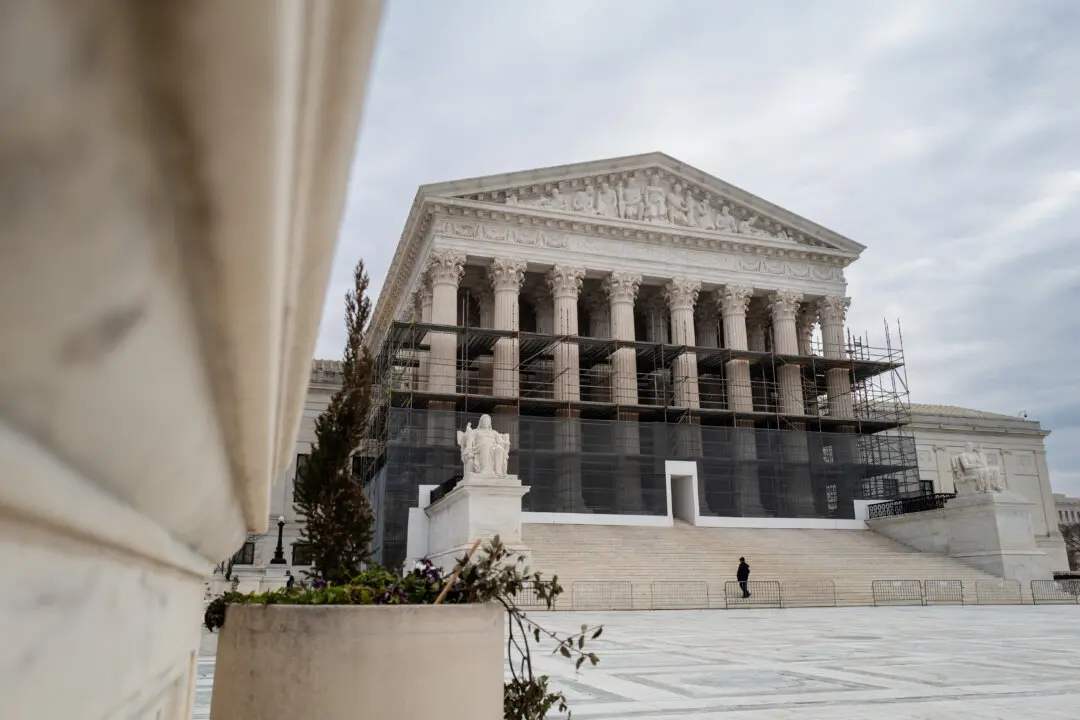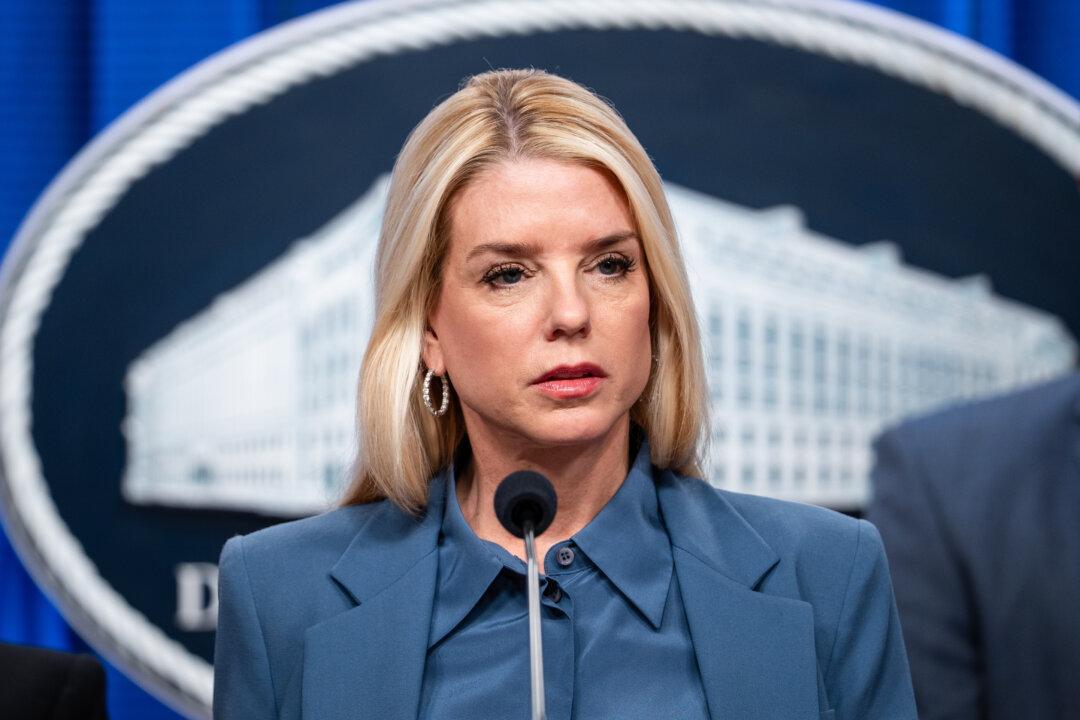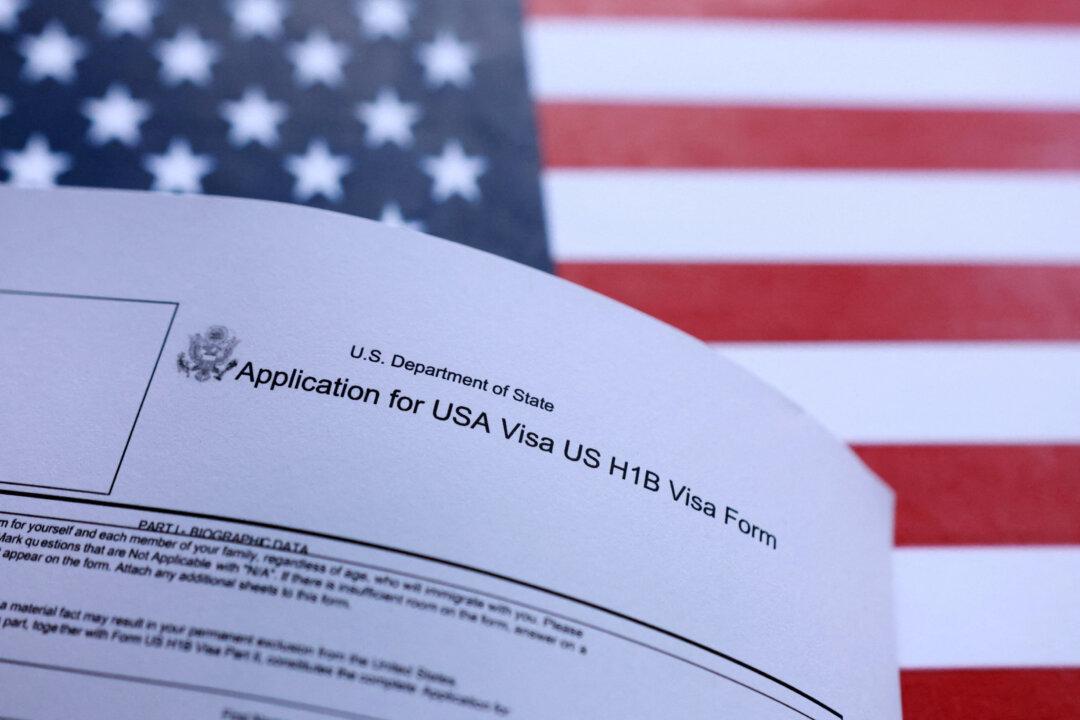A group of students at Washington and Lee University are demanding that images of the two historical figures after which the school was named—U.S. President George Washington and Confederate Gen. Robert E. Lee—be removed from the academic diplomas awarded to students upon graduation.
The petition calls on the campus administration “to provide students with the option of removing the portraits of namesakes Robert E. Lee and George Washington from their diplomas.” At press time, the petition appeared to bear more than 200 signatures. Total enrollment at the Lexington, Virginia, school as of 2017 was close to 2,200.





